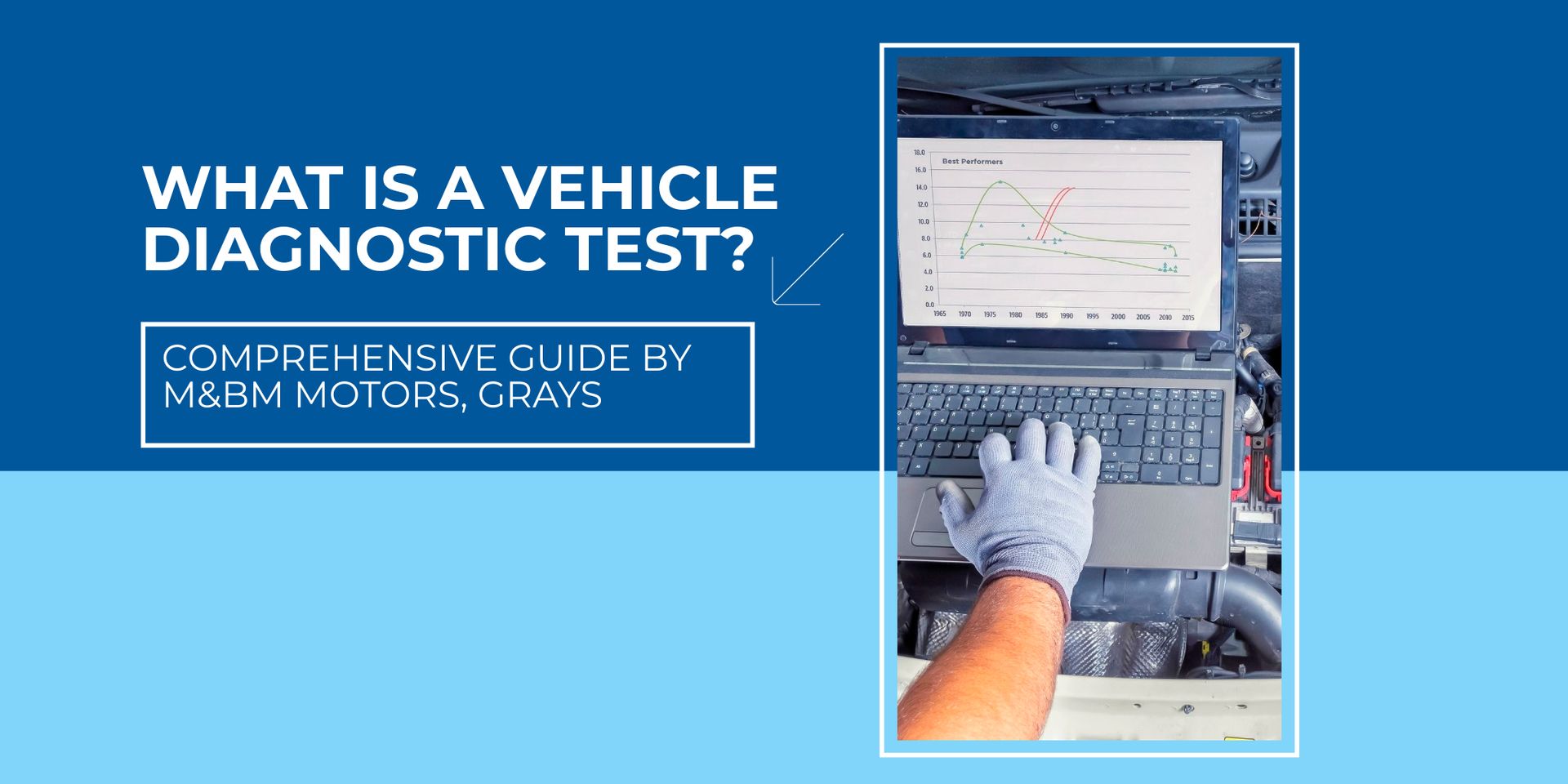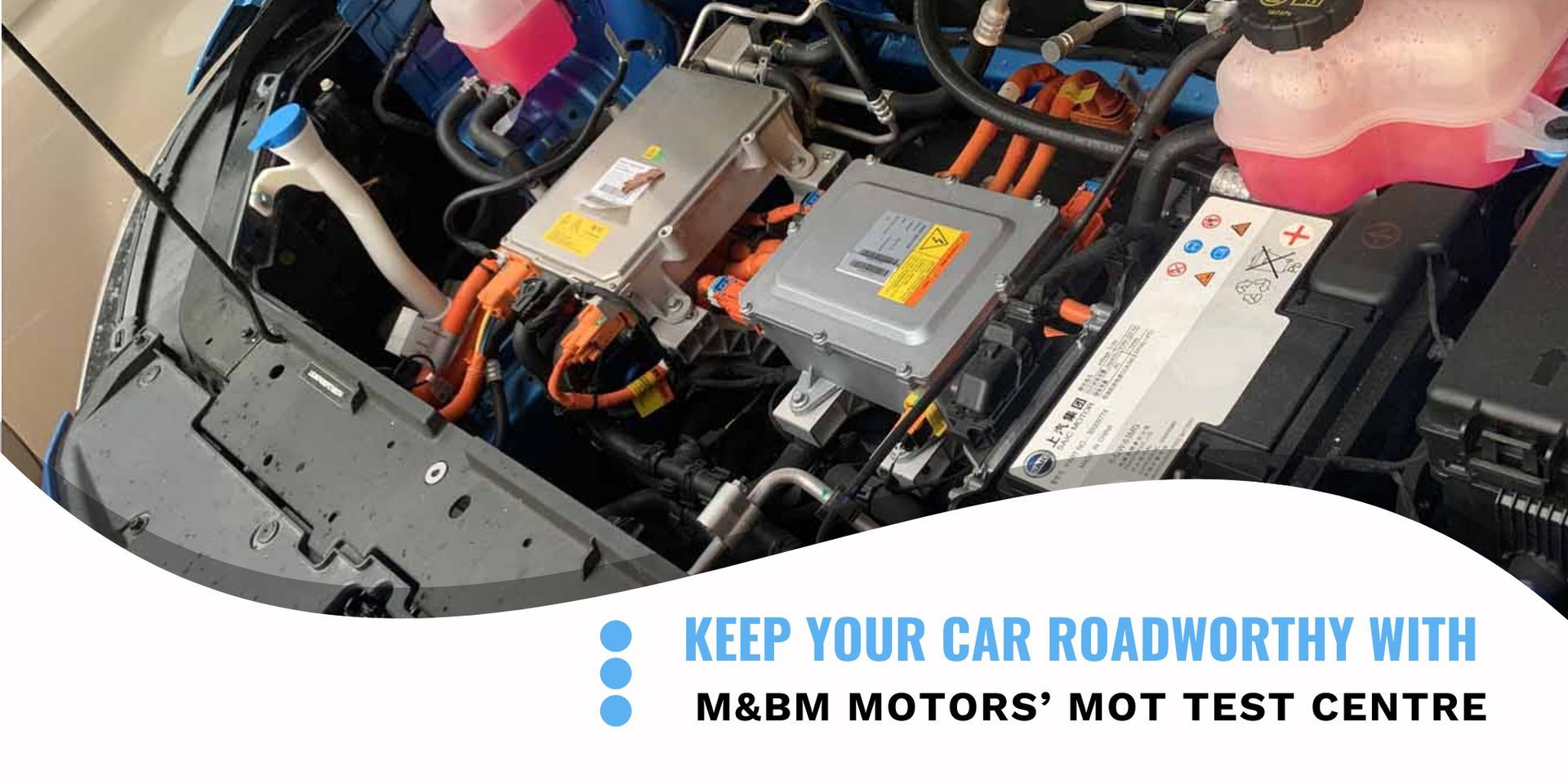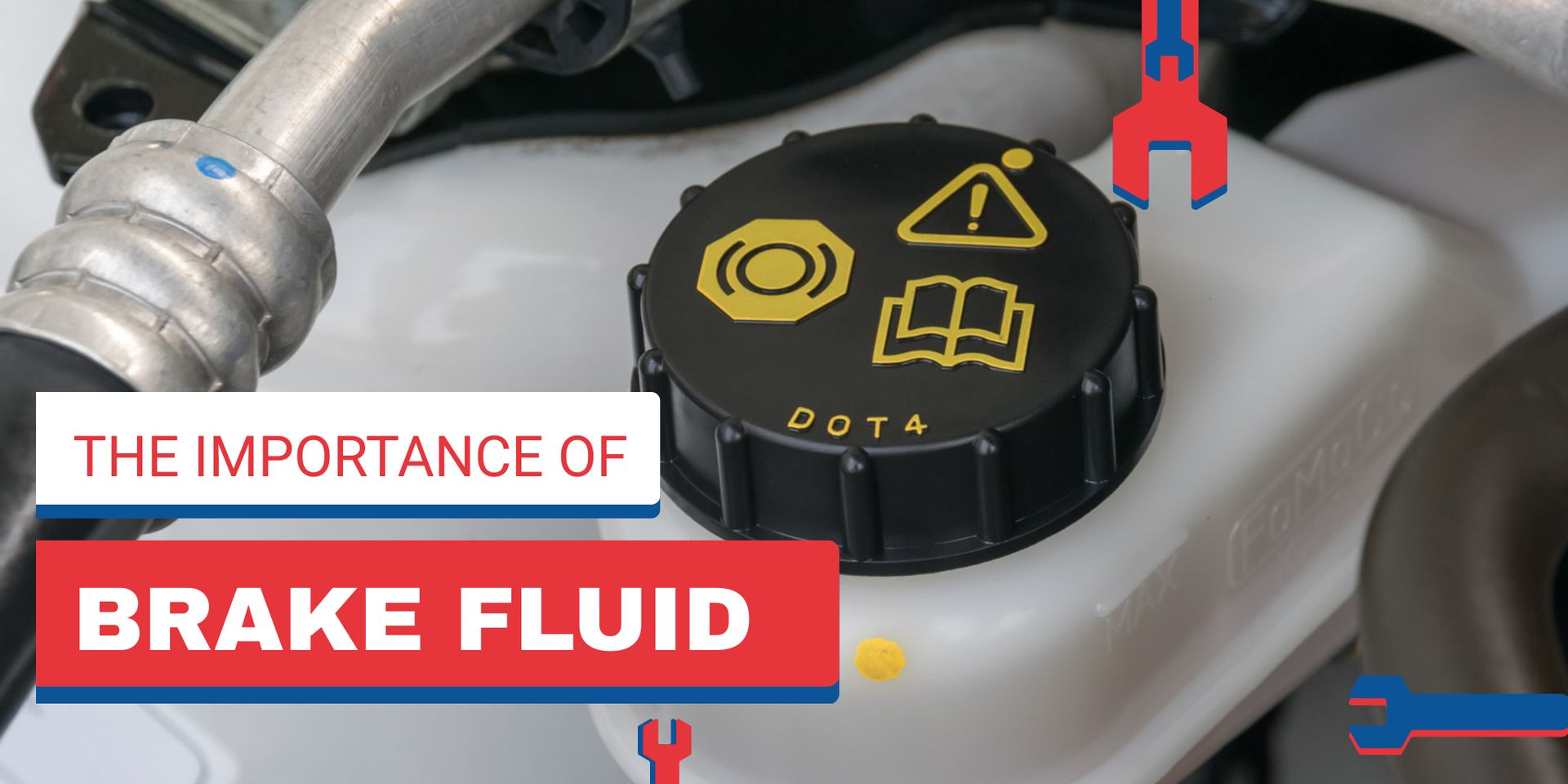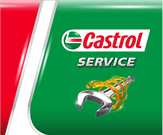Five top tips for safe fleet management
Business drivers spend a good proportion of their working day on the road...
Business drivers spend a good proportion of their working day on the road. Employers have a duty of care to ensure their workforce is as safe as possible while driving, whether their business fleet amounts to less than five cars to 5,000.
Current legislation requires employers to assess the risks posed to and be employees while driving at work. Those organisations which fail to comply with the Health and Safety at Work Act could be held responsible if there is evidence that its fleet management is unsafe or inadequate.
The legislation applies to both company-owned cars and the so-called ‘grey fleet’ – vehicles which are privately owned by members of staff which are used for business journeys.
The latter category is considered a particular safety risk for employers as many organisations have no idea what type of vehicle their employee is driving and whether it is roadworthy. This poses a considerable safety risk to other roadusers.
Prosecutions can be brought against managers and employees for road traffic collisions which occur during a work-related journey, regardless of whether the driver is using their own vehicle or not.
One of the biggest concerns relates to road-worthiness, and whether company cars or privately-owned vehicles are safe and the subject of regular maintenance checks.
It is believed the average age of a privately-owned vehicle is seven years – this is more than twice that of company cars. Statistics show that in 2012 (most recent data), vehicle defects contributed to 2,123 road collisions in Britain, 33 of which resulted in death.
Although an individual driver is primarily responsible for the vehicle’s condition and its insurance, employers retain some liability when the car is used on business.
If want to ensure fleet is safely managed, see these top five tips:
- Ensure company vehicles are subject to regular maintenance checks and servicing. Develop a good record-keeping system to remind fleet managers of maintenance requirements and to log any work carried out. Most businesses run their fleet maintenance work through a single MOT/service centre to streamline the process.
- Carry out checks on your employee’s driving licences. It is believed more than 20,000 drivers are not licensed properly. This means their insurance could be invalid if they had an accident, and an employer could be held responsible. The DVLA can perform licence checks against its database
.
- Draw up a driver policy and ensure staff are aware of the content. A driver policy can help you communicate a code of conduct to your workforce about the standards of driver behaviour you expect. Such a document is good for ‘grey fleet’ management as it enables you to set out driver responsibililes such as vehicle maintenance.
- Perform risk assessments of your workforce drivers. There are ways of identifying high-risk drivers online. This helps you to improve through training the driving skills of those in the high-risk category to minimise their risk of a collision. Another safety option would be to subject all your work drivers to an e-learning course to improve their driving behaviour.
- Book regular eye tests for your workforce drivers. Many drivers in Britain do not have a regular eye test which could compromise their safety and the safety of other road users. Responsible employers subject their driving workers to regular eye exams as a further means of risk-management.
There are many more safety considerations which can help you protect your workforce – and other drivers – while on the road. By demonstrating that you have taken every precaution to keep your business vehicles and your business drivers safe, then you will increase your defence in the event of a prosecution.
We hope you found this article on ‘Five top tips for safer fleet management’ of interest. If you would like to book your vehicle in for a service, then please call us here at M&BM Motors on 01375 379401.














